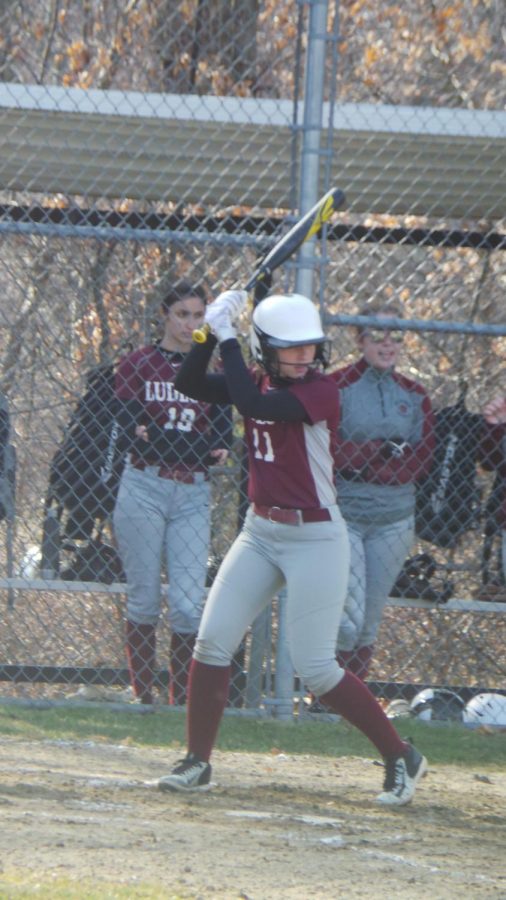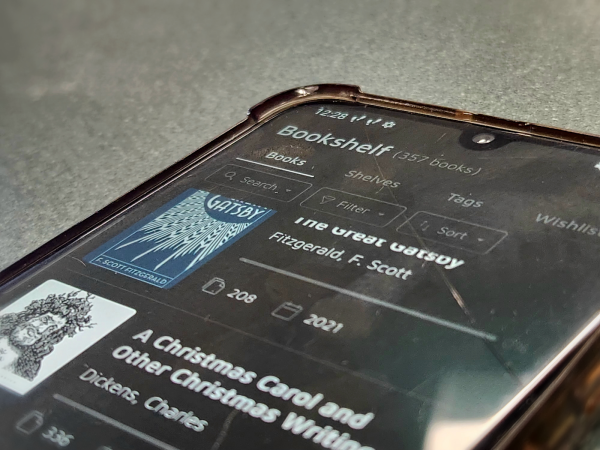Athletic scholarships can be difficult to obtain
Senior softball third baseman Lauren Dutton plans to try for a roster spot at Nichols College in Dudley, Mass.
April 30, 2018
As the spring sports season begins at LHS, some seniors are facing the reality that their athletic careers are coming to an end. However, some student athletes have the option of continuing to play in college.
Lauren Dutton, a Ludlow High School senior, plans on trying out for the softball team at Nichols College in Dudley, Mass.
“I like the sport. I like playing,” says Dutton, adding that LHS physical education teacher Lyndsey Gauthier, who is the assistant coach at Nichols, is encouraging her to try out.
Getting a scholarship to play in college is rare. Not one student from the Class of 2018 has earned a scholarship to play sports in college. Only about two percent of all student athletes nationally earn scholarships, and usually it is for less than $11,000.
For underclassmen, student athletes should start preparing in ninth grade if they want to increase their odds of earning a scholarship.
The first step is to keep an open mind and to have a wide range of options. If your list of schools is small, your chance of getting a scholarship could be close to none.
Next, you should build a resume. Make it very detailed and professional and be sure to include all the seasons you played, along with your transcript as well as test scores such as your SATs.
You should also make a video highlighting all of your skills and talents, and post it online.
Be sure to include a link to the video on your resume, that way the schools can see your talents and not just read about it on paper. But remember, coaches don’t want to just sit there watching a lengthy video, so try to make it a short 2-3 minutes.
Establish an open communication with coaches by emailing them, explaining your interest in their school. If you don’t hear back within two weeks, don’t panic. Give them a call to check in.
It’s crucial to reply to any emails sent to you by the coaches. Show that you’re interested in the school and want to play for them.
Don’t ignore any emails or phone calls from coaches that reach out to you from schools that you may not think you are interested in. You might not have other options. Who knows? You may end up liking the school once you check it out.
LHS guidance counselor Tesha Ward also said a big factor when it comes to scholarships depends on what division you’d like to play in.
If you’re going to just play intramural sports, then you have to try out at the college. But if you’d like to play for D1, D2, or D3 “sign up with NCAA clearinghouse your junior year.” You can find packets in the guidance department.
Make sure to attend showcases and summer camps. Although you can’t necessarily rely on the camp to get recruited right away, it will expose you to recruiters. They are there to take notes and observe. You never know when they might want to take a second look.
Also, if a recruiter does notice you and talks to you after the game, make sure you give them a call and follow up with them because that may be your big break.
The most important thing above all else is to know the rules of the NCAA and NAIA. You should also know how to contact coaches and how to get coaches to contact you. Make sure you read both of their guides for college-bound student athletes.
Register with the NCAA and NAIA to know the requirements for your scores and grades in order to apply for these scholarship and recruitment opportunities.
You can find their websites below:
NCAA- http://www.ncaa.org/
NAIA- http://www.naia.org/
This process is a lengthy one and can take time but it’ll be well worth it in the end if you’re doing what you love.












